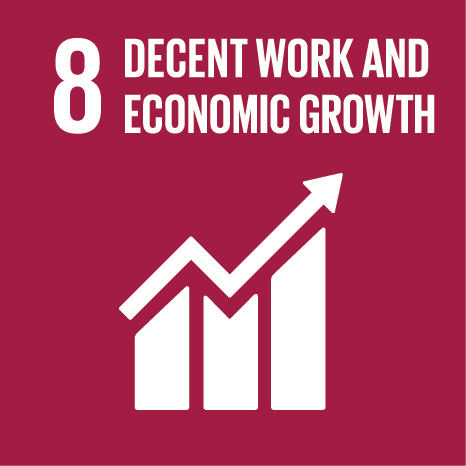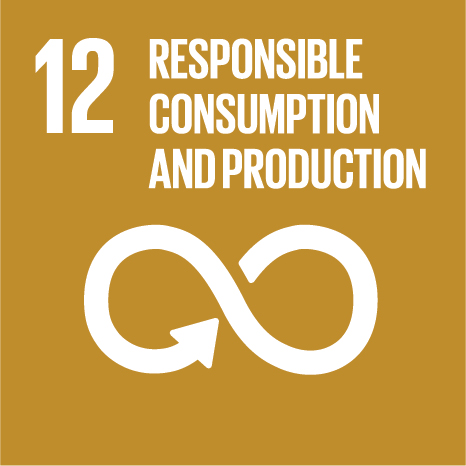Ciência_Iscte
Publications
Publication Detailed Description
European Academy of Management Conference, EURAM 2020
Year (definitive publication)
2020
Language
English
Country
Belgium
More Information
Web of Science®
This publication is not indexed in Web of Science®
Scopus
This publication is not indexed in Scopus
Google Scholar
This publication is not indexed in Overton
Abstract
This paper explores how customer-brand relationships are built during the interaction of users
with artificial intelligence (AI) enabled smart devices. Although the market of smart devices
and AI-enabled technology is still in its infancy, such interactions will develop to become an
important part of our daily activities. Such AI agents, will help consumers to perform their daily
activities, to decide on the products that may fit them better and even engage in thoughtful
discussions regarding consumer’s beliefs and values. Therefore, understanding what may drive
consumers to approach or avoid, maintain or terminate, enhance or not a relationship with an
AI agent is of particular important for the future. The Attachment-Aversion (AA) theory is used
to propose and test a conceptual model of how AI in smart devices may affect customer-brand
relationships. Results show that enriching the self has the highest effect on AA relationships
and on motivational strength to continue the relation. The paper concludes by discussing the
findings and highlighting the main theoretical and managerial contributions of the study.
Acknowledgements
--
Keywords
Fields of Science and Technology Classification
- Economics and Business - Social Sciences
Contributions to the Sustainable Development Goals of the United Nations
With the objective to increase the research activity directed towards the achievement of the United Nations 2030 Sustainable Development Goals, the possibility of associating scientific publications with the Sustainable Development Goals is now available in Ciência_Iscte. These are the Sustainable Development Goals identified by the author(s) for this publication. For more detailed information on the Sustainable Development Goals, click here.

 Português
Português



